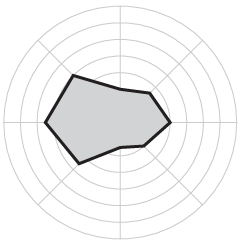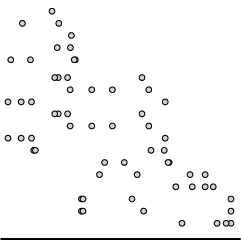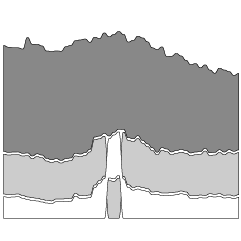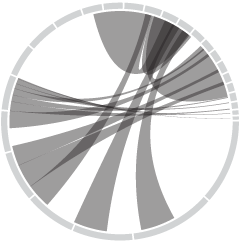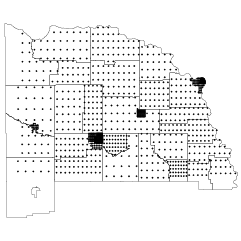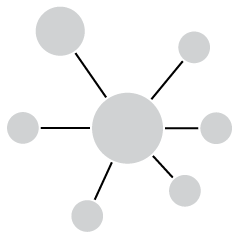-
Members Only
-
This is a fun soccer graphic by Karim Douïeb. It shows 882,536 passes from 890 matches across various leagues and seasons. It looks cool as a static point cloud, but be sure to check out the animated, interactive version which lets you isolate the view to specific parts of the field.
It reminds me of the Windows 3.1 fireworks screensaver. Those were the days.
You can find the data via StatsBomb, in case you want to play around.
-
ProPublica anonymously obtained billionaires’ tax returns. Combining the data with Forbes’ billionaire wealth estimates, ProPublica calculated a “true tax rate” for America’s 25 richest people:
The results are stark. According to Forbes, those 25 people saw their worth rise a collective $401 billion from 2014 to 2018. They paid a total of $13.6 billion in federal income taxes in those five years, the IRS data shows. That’s a staggering sum, but it amounts to a true tax rate of only 3.4%.
It’s a completely different picture for middle-class Americans, for example, wage earners in their early 40s who have amassed a typical amount of wealth for people their age. From 2014 to 2018, such households saw their net worth expand by about $65,000 after taxes on average, mostly due to the rise in value of their homes. But because the vast bulk of their earnings were salaries, their tax bills were almost as much, nearly $62,000, over that five-year period.
As you might guess, a lot of the disparity has to do with wealth held in unrealized capital gains. The other part is how the ultrawealthy still pay for everything when most of their money is in investments and how that factors into deductions.
-
How long will chicken reign supreme? Who wins between lemon and lime? Is nonfat ice cream really ice cream? Does grapefruit ever make a comeback? Find out in these charts.
-
Center for Responsive Politics and National Institute on Money in Politics are merging their datasets to make it more accessible:
The nation’s two leading money-in-politics data organizations have joined forces to help Americans hold their leaders accountable at the federal and state levels, they said today.
The combined organization, OpenSecrets, merges the Center for Responsive Politics (CRP) and the National Institute on Money in Politics (NIMP), each leading entities for three decades. The merger will provide a new one-stop shop for integrated federal, state and local data on campaign finance, lobbying and more, that is both unprecedented and easy to use.
Good. More important than ever.
-
Any outdoor activity sounds amazing at this point. Andrea Roberson and Casey Miller for Los Angeles Times put together this charming to rockhounding in California. Each rock type has the tools needed, laws, and where to find it. The guide even has some 3-D models in there for good measure.
-
We see probabilities mentioned in the news, in weather forecasts, during sporting events, political arguments, business reports, elections, medical advice, and scientific findings. But probability is a tricky concept that not all (most?) people understand. Grace Huckins for The Open Notebook outlines useful ways to communicate the numbers more clearly — to increase the chances readers do understand.
On using concrete numbers over percentages:
Concrete numbers can also make statistics feel more personally relevant. A 0.5 percent risk of developing a particular kind of cancer may seem minuscule. But if a reader went to a high school with 1,000 students, they may find it more impactful to hear that five of their classmates, on average, will develop the disease. In a March 2021 story, American Public Media used concrete numbers rather than percentages to communicate race disparities in COVID deaths. They reported that 1 of every 390 Indigenous Americans had died of COVID.
Other tips include using visuals, relatable comparisons, and acknowledging uncertainty instead of speaking in absolutes.
-
Members Only
-
Asian Americans are often viewed as a “model minority”, but when you look, just a little bit closer, the tag doesn’t fit. Connie Hanzhang Jin for NPR breaks it down in a set of six charts.
-
Reddit user desfirsit made heatmaps to show where on the chess board pieces are usually captured. The top two rows are for black pieces, and the bottom row is for white pieces.
I’m no chess player, but this seems to look right? The frequency of captures appears to agree with movement patterns. Although I’m surprised that the queen, despite having the most freedom of movement, is often captured in the same place. But like I said, I’m no chess player.
You can grab the data from Lichess, which provides data for millions of chess games.
-
Your computer connects to your router, which connects to your modem. Your printer connects to your computer. The devices all send data and talk to each other. Nicole He and Eran Hilleli imagined these conversations in augmented reality:
The application would first detect all of the different devices connected to your network; this would include the more obvious ones like computers or phones, as well as other things, like TVs, speakers, game consoles, vacuums or washing machines. It would then locate their manufacturing data and use it to recast your devices as charming characters, spawning on nearby surfaces in augmented reality. Each character’s design would hint at the device it represents while remaining playful and open to interpretation (e.g. a character that resembles a TV portraying your TV).
The playful, cartoon-like devices contrast with the more creepy angle of a connected home.
-
Connor Rothschild charted all the colors Bob Ross used in The Joy of Painting:
Most commonly, paintings have 12 colors. Of the 403 pieces in The Joy of Painting, 100 used 12 colors.
The peak is concentrated around 12, meaning most of Ross’ paintings used somewhere in the range of 7-13 colors; very rarely did they venture outside of that range.
Grab the data here, which was collected by Jared Wilber.
-
In 1921, hundreds were killed. The New York Times recreated the neighborhood, adding weight to what happened and showing the loss a hundred years ago:
For decades, what happened in Greenwood was willfully buried in history. Piecing together archival maps and photographs, with guidance from historians, The New York Times constructed a 3D model of the Greenwood neighborhood as it was before the destruction. The Times also analyzed census data, city directories, newspaper articles, and survivor tapes and testimonies from that time to show the types of people who made up the neighborhood and contributed to its vibrancy.
-
Based on estimates from Princeton University’s Net-Zero America Project, Veronica Penney for The New York Times mapped where wind and solar energy need to expand to to reach the United States’ 2050 goals. Compared to what we need, there is a long way to go from where we are now.
See also Bloomberg’s angle, which used the same data but focused more on land area than on location.
-
We’ve seen maps made out of LEGO bricks before, but LEGO is about to release an official world map set. And cartographers everywhere rejoiced.
-
Members Only
-
We know what you did during lockdown is a short fiction film by Financial Times that demonstrates the challenges of using data for good at the sacrifice of privacy and the complexity of individual lives. Worth the watch.
I immediately wanted to unplug every single internet-connected device in the house. But of course I did not.
See also the short film Sight from 2012, which imagines a world where everyone’s reality is augmented with data through digitized contact lenses.
-
Find out which jobs most often pair together among married couples.
-
River Runner is a fun interactive map by Sam Learner. Click anywhere in the contiguous United States to drop some rain and, based on data from the U.S. Geological Survey, the map shows you where the rain ends up and the path it takes to get there.
This uses USGS NHDPlus data and their NLDI API to visualize the path of a rain droplet from any point in the contiguous United States to its end point (usually the ocean, sometimes the Great Lakes, Canada/Mexico, or another inland water feature). It’ll find the closest river/stream flowline coordinate to a click/search and then animate along that flowline’s downstream path.
When you think about it, it’s kind of nutty that something like this is even possible. [via Waxy]
-
Overall, Covid-19 cases and hospitalizations are down in the United States, but much of that is from vaccinations. When you look at only those who are not vaccinated, the rates are still high in many areas of the country. Dan Keating and Leslie Shapiro for The Washington Post show the differences.


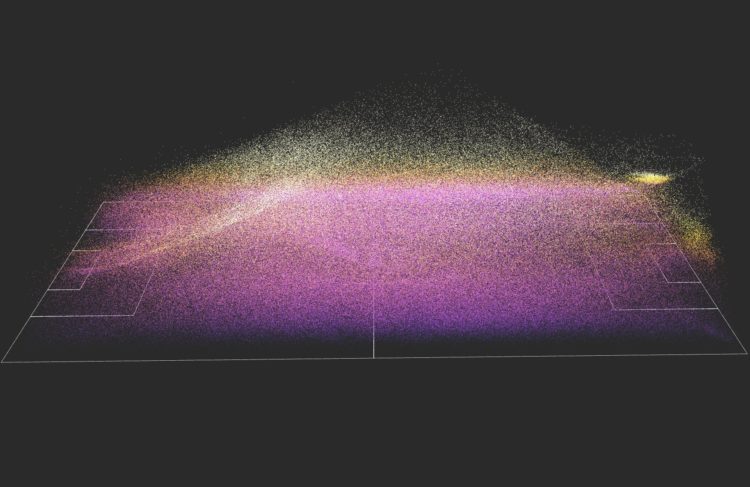
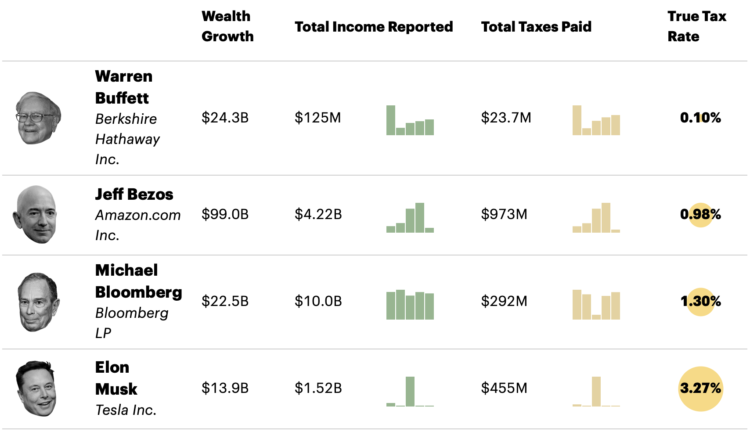
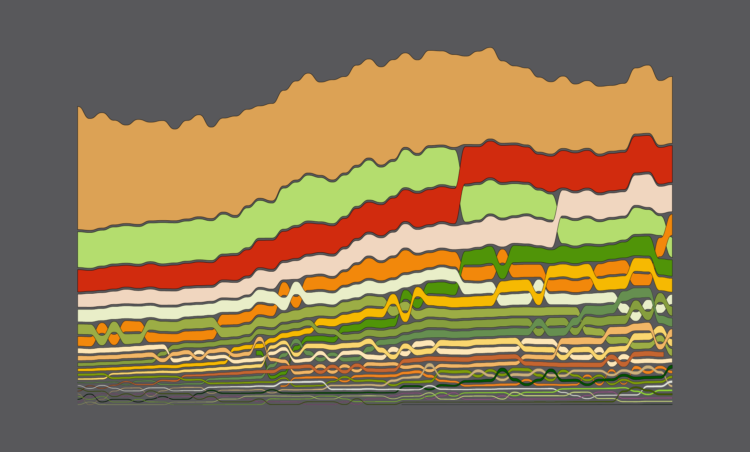
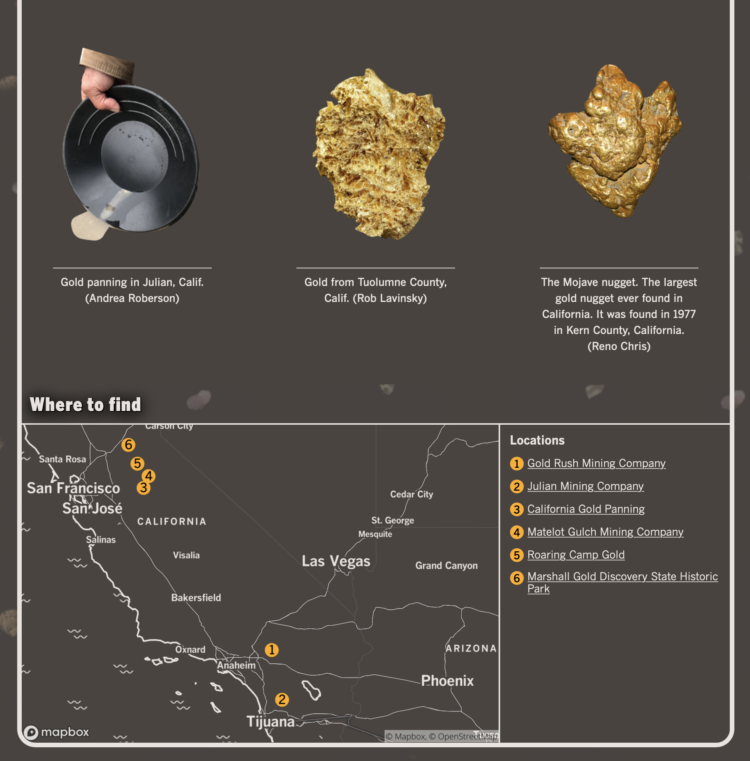

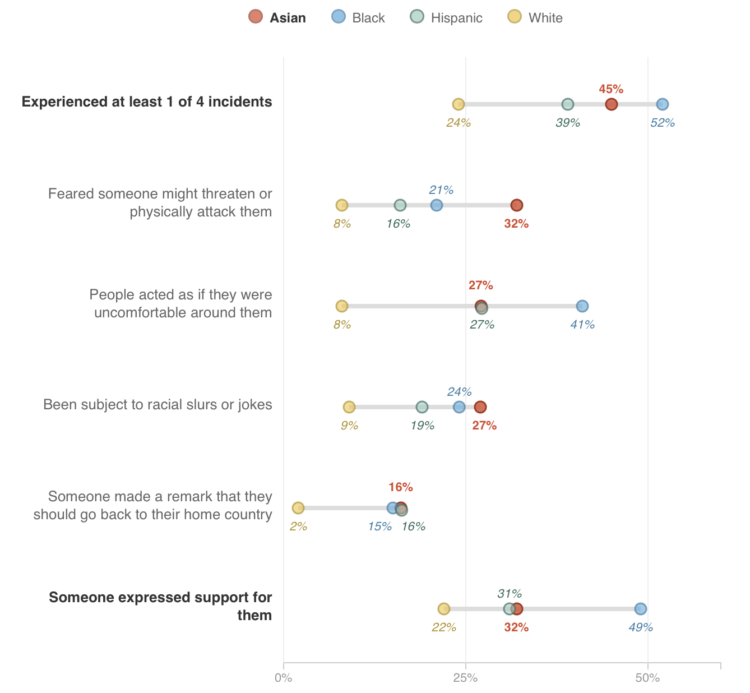
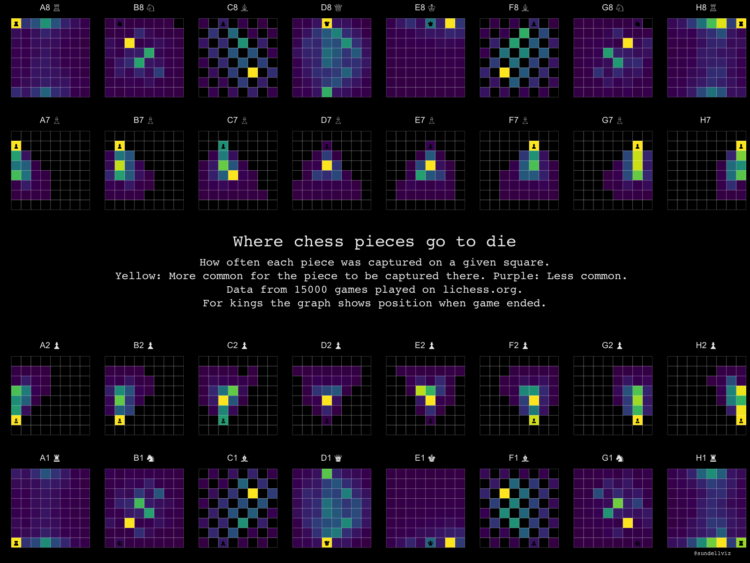
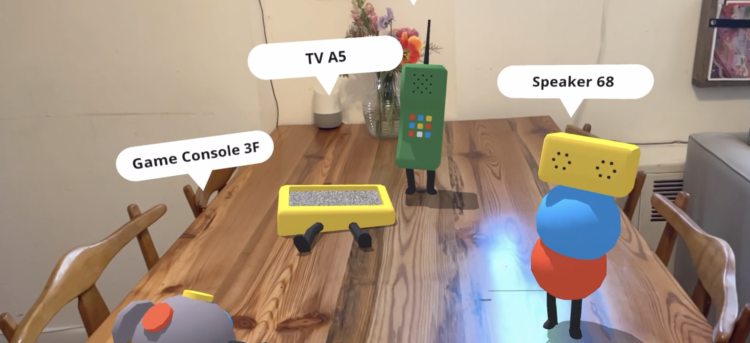
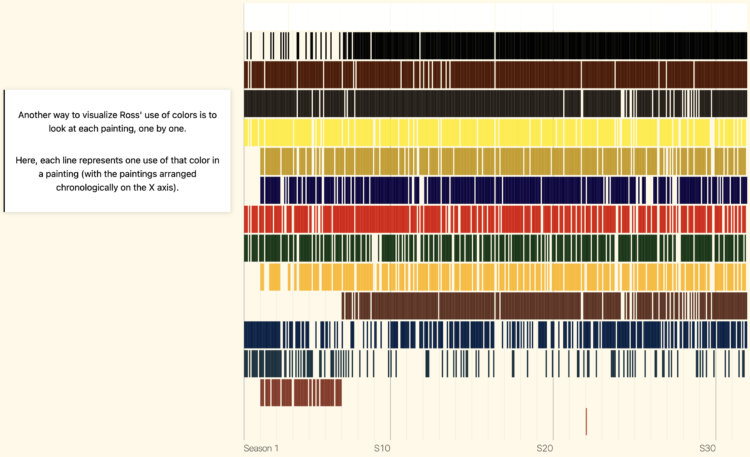

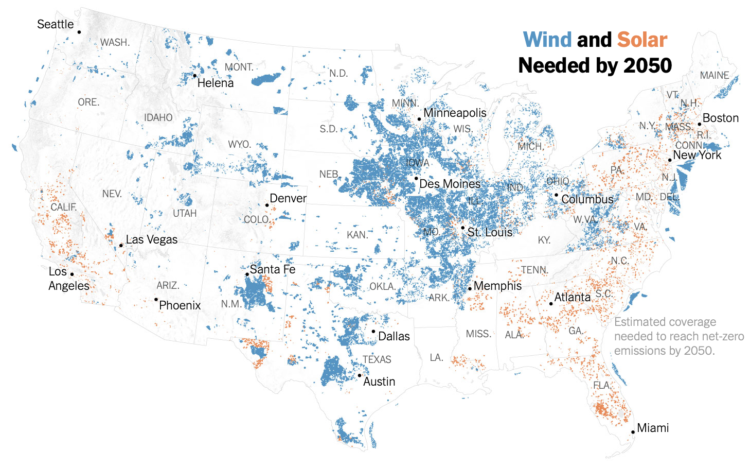
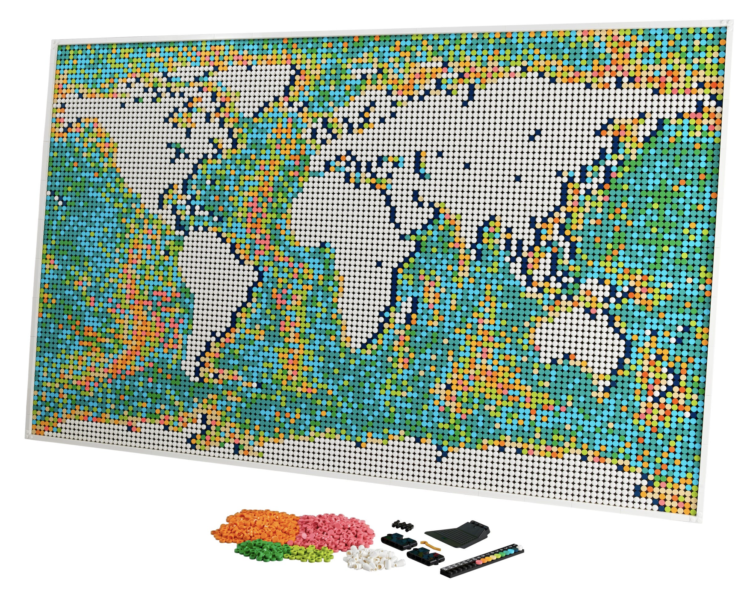
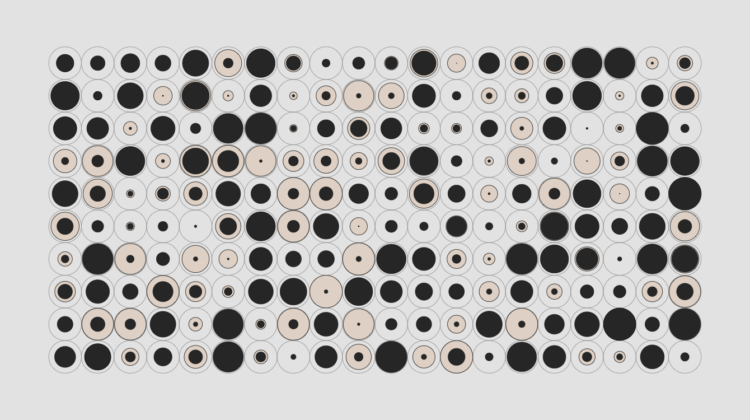

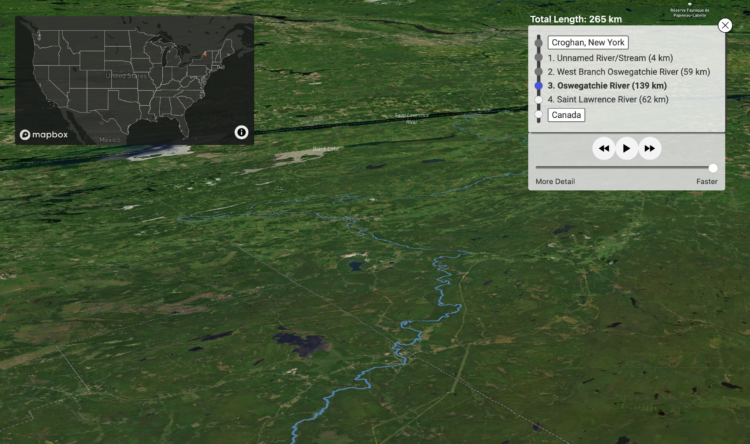
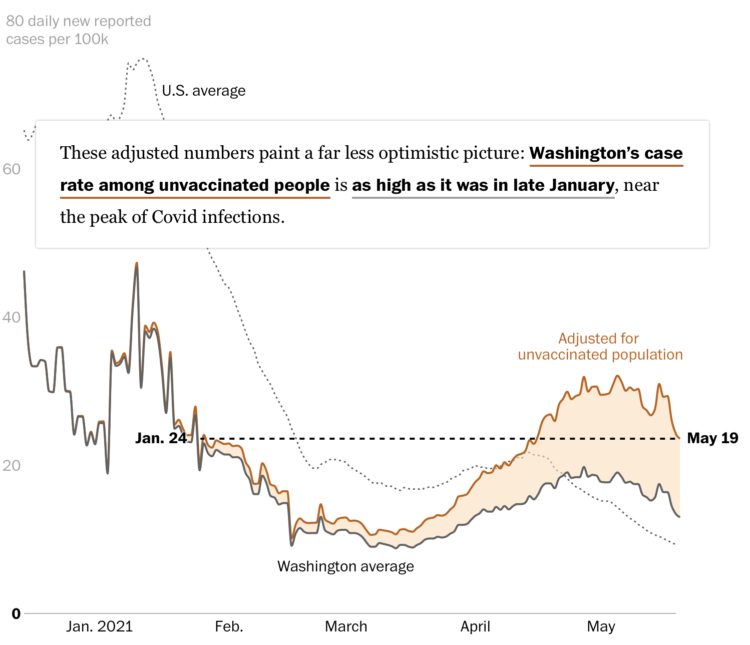
 Visualize This: The FlowingData Guide to Design, Visualization, and Statistics (2nd Edition)
Visualize This: The FlowingData Guide to Design, Visualization, and Statistics (2nd Edition)

